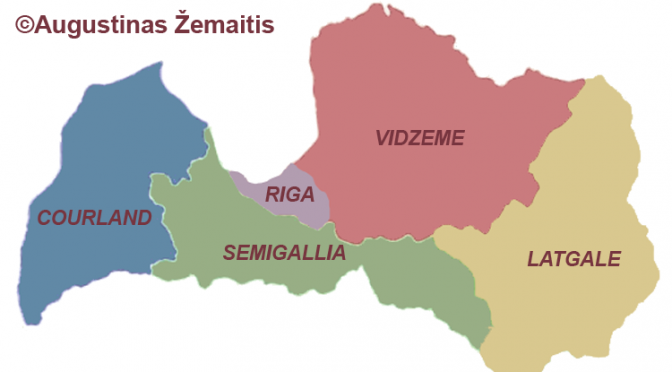Latvia consists of four regions. They had a separate history prior to being unified into a single Latvia in 1918. This allowed them to have separate cultural traits.
Vidzeme (Northern Latvia) is the largest region, famous for its scenery and castles near Sigulda and Cēsis. Ruled by Sweden 1621-1721 and Russia 1721-1918 (with limited autonomy), it gradually became the most ethnically Latvian region.
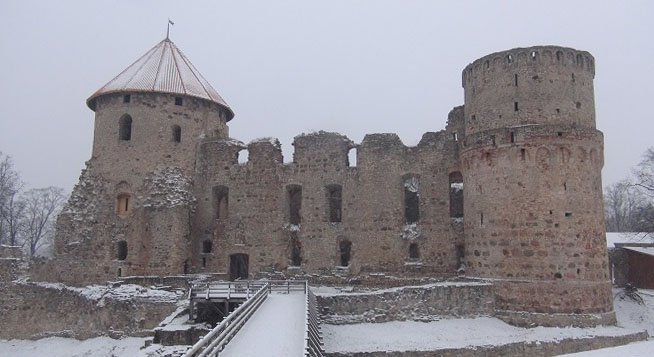
Latgale (Eastern Latvia) is the most ethnically diverse area and the only one to have a Catholic majority. It was the only area of Latvia to be ruled directly by Poland-Lithuania (1562-1775) and Russia (1775-1918). Polish nobles, Russian Old Believer refugees, Russian Orthodox settlers and Russia’s Jews moved in throughout that era of foreign regimes. Some towns remain minority-majority. Even many Latvians there speak in a unique Latgallian dialect sometimes considered a language on its own.
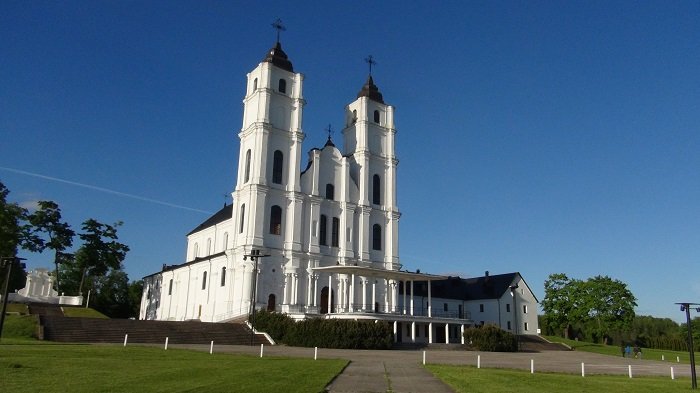
Courland (Western Latvia) is the coastal region with two historic port cities (Liepāja and Ventspils), fishing villages and nice empty shorelines. It spent the 1562-1795 era as the naval heart of Courland-Semigallia, a sea-minded German-ruled duchy.
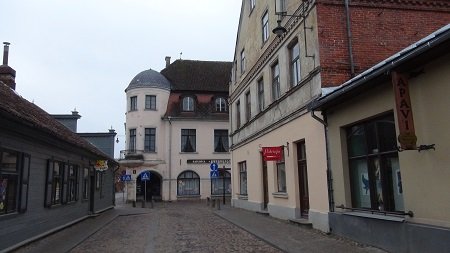
Semigallia (Southern Latvia) was the administrative center of Courland-Semigallia (1562-1795) and it has Latvia’s prettiest palaces that once housed the local dukes (Rundale and Jelgava).
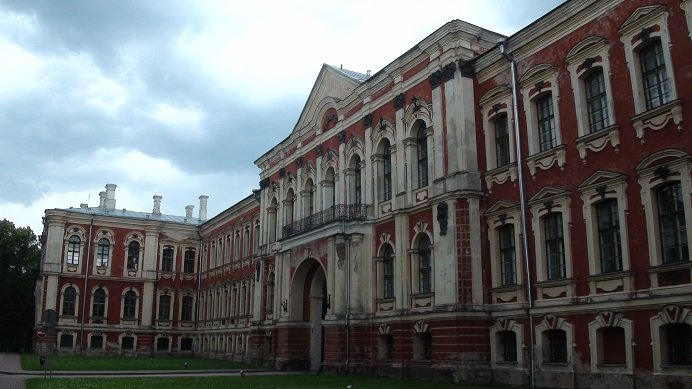
Riga is located in Vidzeme, but its status as the capital effectively made it a region of its own. The pace of life in Riga is faster than in all the regional cities while its culture includes all regional cultures as well as migrants from abroad. If the suburbs such as Jūrmala resort are included, Riga’s population is almost equal to that of the four remaining regions put together.
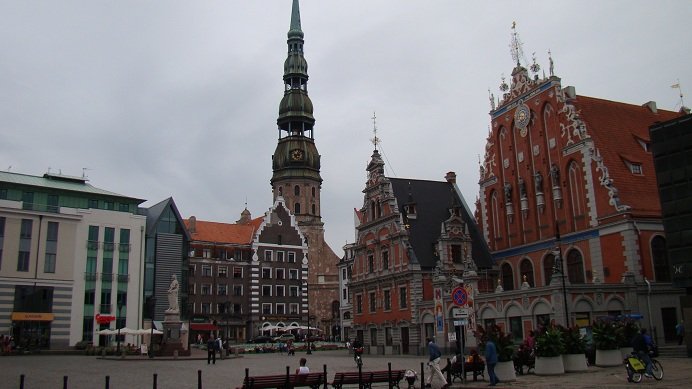
The regions of Latvia are rather similar in size and each has a population of approximately 300 000 inhabitants. Riga (if put together with Jūrmala and suburbs) alone has some 850 000 people.
